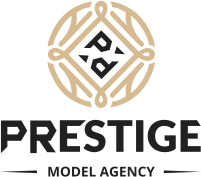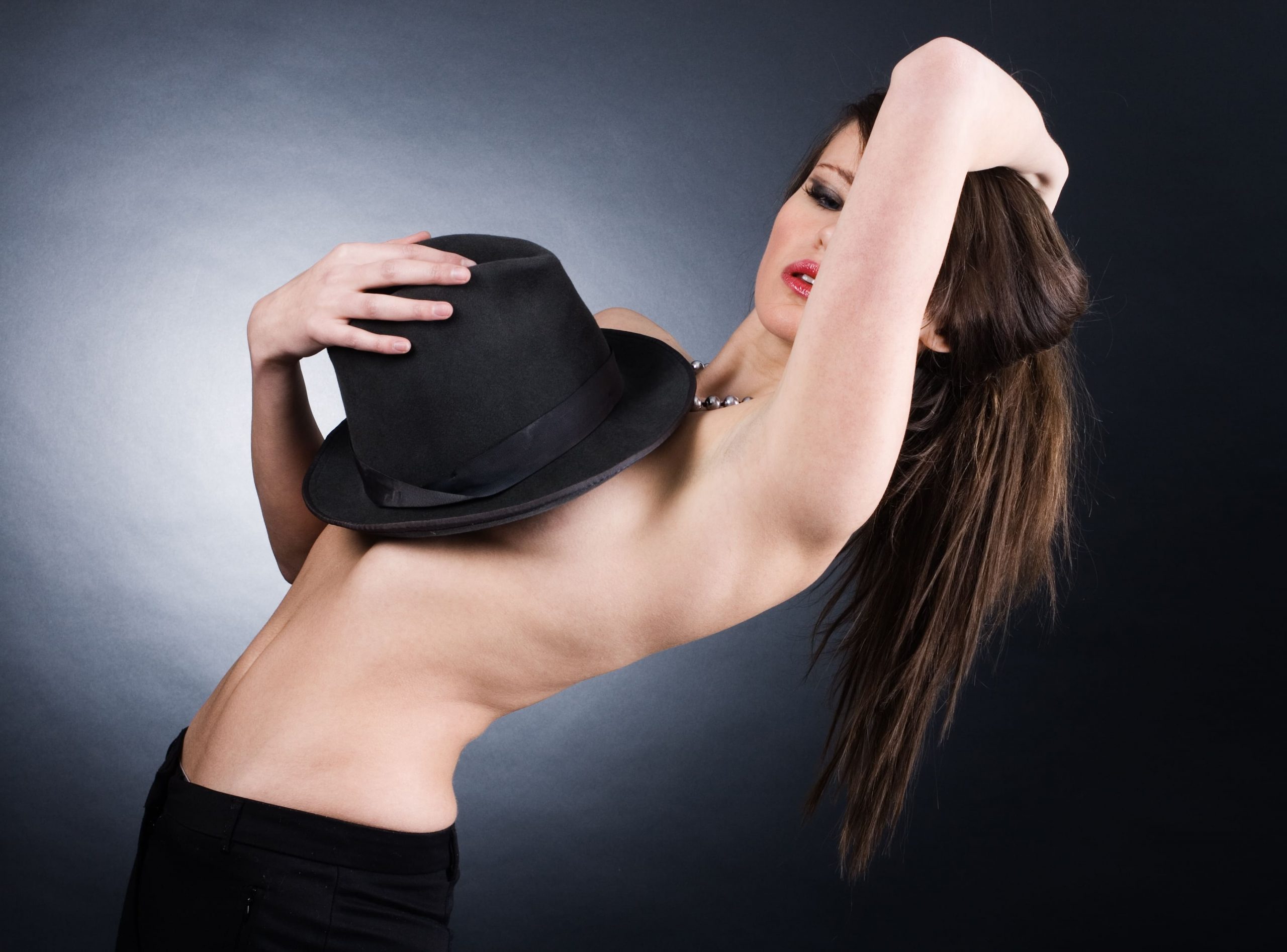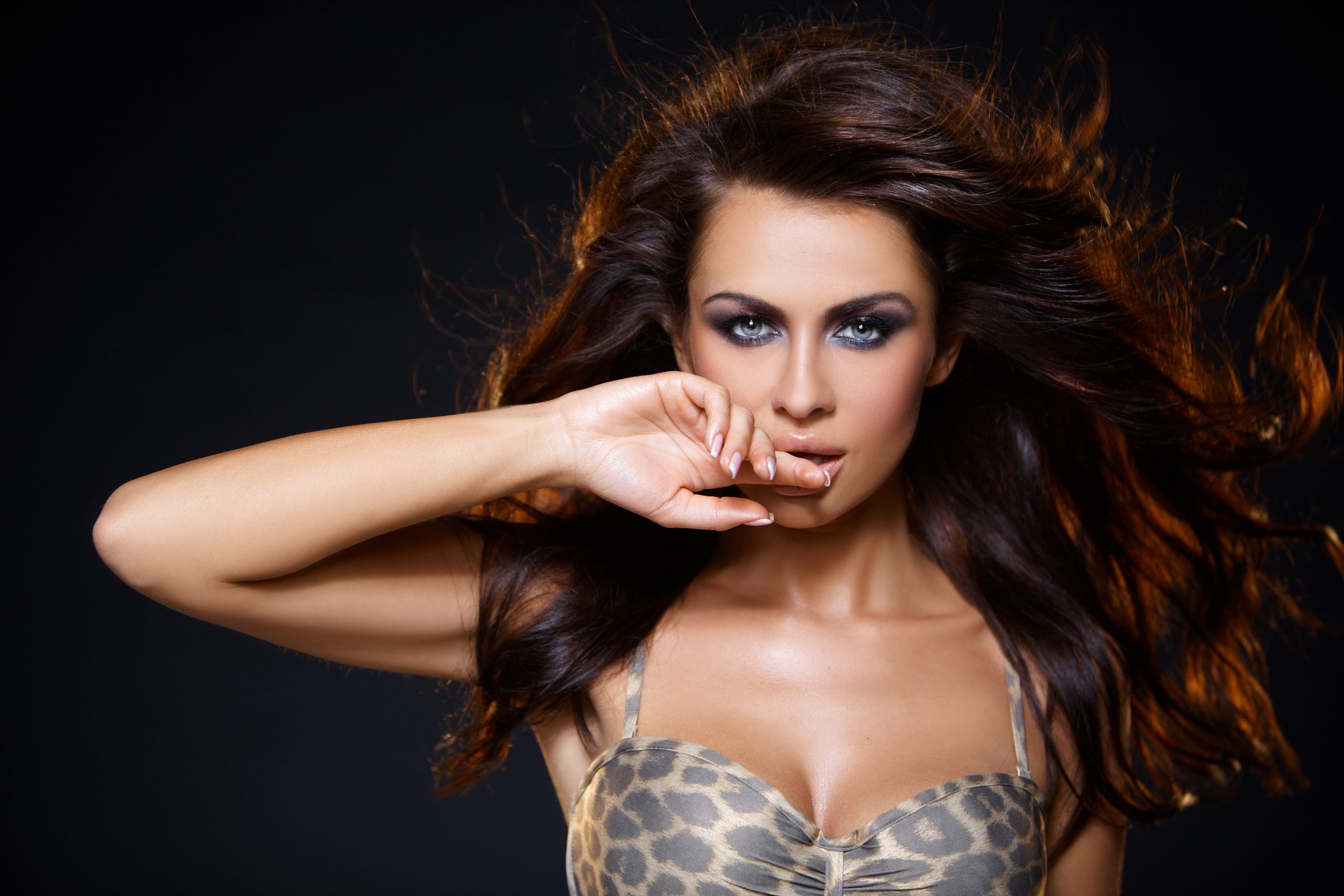Model Measurements: What Girls Need to Join an Agency

Despite the trend toward diversity in modeling, the industry remains highly selective. Agencies still pay attention to height, body proportions, and facial features. Yes, the standards have softened somewhat — measurements like a 63–64 cm waist or 91–92 cm hips are no longer criticized like before. But if you dream of high fashion, be prepared to meet certain expectations. Your body shape still matters.
What Are Considered Ideal Model Measurements?
Traditionally, the ideal model measurements in fashion were 86–60–90 cm with a height of 176–180 cm. These were the standards for decades on runways and in leading magazines. But today, things are more flexible. You’ll see girls on the runway who are 168 cm tall and models with heights starting from 165 cm featured in commercial shoots. Even plus-size models with bust and hip measurements of 110–115 cm are in demand.
What matters most now isn’t the numbers but your overall body balance, charisma, and ability to “own” the camera. Modern fashion values individuality — models can be tall or petite, athletic or curvy. The most in-demand today are those who know how to present themselves, work on social media, and feel confident in front of the camera.
Model Measurements by Agency Type
To build a successful modeling career, it’s not just about knowing your stats — it’s about understanding your look and which niche of the fashion industry you’re best suited for. Agencies, whether commercial or high fashion, have different expectations, and those depend not only on your height or size, but your face type too.
- Classic Face — balanced features and symmetrical proportions. These models are versatile and in demand for catalog shoots, runway, and campaigns because they can transform easily with makeup and styling.
- Commercial Face — striking features like full lips, sculpted cheekbones, and a glamorous smile. Think Angelina Jolie or Victoria’s Secret Angels. They work well in glossy campaigns and luxury advertising.
- Baby Face — youthful and sweet, with large eyes and soft features. Popular in Asia (especially Japan and South Korea) and in beauty or fashion ads.
- Strong Face — sharp cheekbones, defined brows, intense gaze. These faces are appreciated in Paris and New York for high fashion shows and dramatic editorials.
- Strange Face — memorable and unique features like a tooth gap, asymmetry, or alien-like beauty. These models often have meteoric careers and are the faces of luxury brands because they stand out.
Today, the industry is more flexible than ever. Catalog models start at 165 cm. Plus-size and unconventional body types are accepted. What matters is understanding your niche, having a portfolio, presenting yourself professionally, and choosing the right agency — whether commercial, high fashion, or digital.
What Agencies Really Require
Strict measurements are no longer a universal requirement. What matters is whether the agency is looking for your type. You might be exactly what they need — or not, and that’s okay. Here’s what you should do:
Take Polaroids (snapshots) — simple test photos with no makeup, filters, or accessories. Clean, natural hair. Wear a swimsuit or form-fitting clothes. Use natural light — shoot at home, outdoors, or in a stairwell with a plain background. Ask a friend who can take clear, well-lit shots. Capture essential angles — full face, profile, three-quarter, smiling, and full-body. No posing or expressions — just a clean, natural look. Send your photos to the agency — if they’re interested, a manager will follow up with a video interview.
How to Slim Down to Model Measurements (Safely)
Many girls want to slim down for modeling. Often, they jump into strict diets — but this just leads to muscle loss, slower metabolism, and rebound weight gain. What you really want is to reduce fat, keep muscle, and eliminate water retention. Here’s how to do it right:
Focus on strength training instead of cardio. Toned muscles make your body look tighter and leaner, even if your weight doesn’t change much. Use resistance bands or bodyweight exercises — squats, lunges, bridges, pushups, core work, and back extensions.
Train 3–4 times per week, preferably full-body workouts. It’s not about heavy loads but consistency and good form. This kind of fitness is ideal for models.
Eat smart — no extreme dieting. Eat a normal calorie amount with quality food. Limit refined carbs, sugar, baked goods, and sweet drinks — not for the calories, but to reduce bloating and accelerate body toning.
Work with what you’ve got — this method doesn’t change your natural shape but enhances it, making your body look sculpted and elegant. Even 1–2 cm lost from your waist or hips can make a visible difference.
Give it 1–3 months — results won’t happen overnight, but they’ll be sustainable and healthy. Muscle continues to burn calories even at rest, so your metabolism improves over time.
Real-Life Examples of Model Measurements
Real model stats today are broader than the old 90-60-90 ideal. Agencies now accept girls with: 165 cm height and petite proportions for commercial work, 170 cm with 86-62-88 for catalogs, 178 cm with 84-60-86 for fashion. It all depends on your look, country, niche (runway, commercial, digital), and presentation. Your measurements are just the starting point — what truly matters is your energy, body awareness, camera presence, and grooming.
Beginner Mistakes and How to Avoid Them (by Prestige Model Agency)
One of the most common mistakes new models make is naivety and lack of basic industry knowledge. Many girls think their agency will automatically track their hours and payments. But unless you keep your own log of work — dates, hours, and contact info — you risk losing money. Use a simple spreadsheet to track everything. It’s your safety net.
Another mistake is having vague motivation. If you’re only in modeling to “become a top model,” you’re setting yourself up for frustration. Success depends on many external factors. Instead, set achievable goals: build savings, learn a language, grow your confidence and worldview.
A third mistake is not knowing English. Many girls understand it but are too shy to speak — a big issue when traveling or negotiating contracts. You can learn from scratch — the key is to start talking and improve gradually.






















